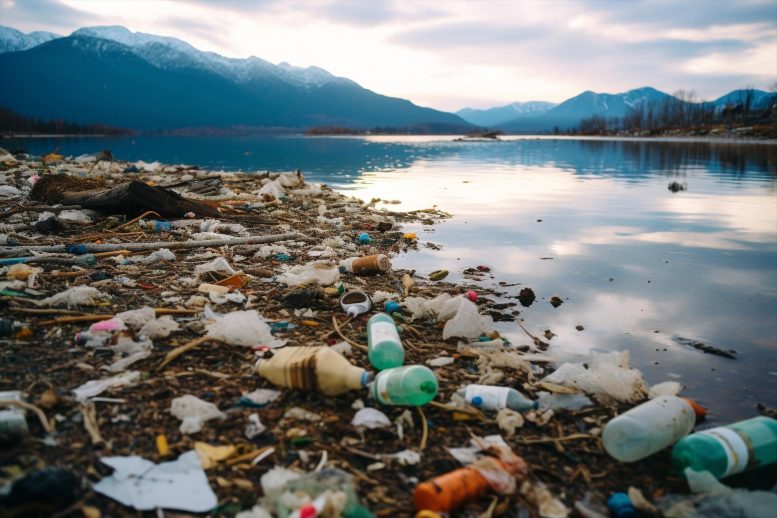
An international team of researchers has discovered that the concentrations of plastic in freshwater environments, such as lakes and reservoirs, are higher than those found in oceanic “garbage patches.” The study, published in Nature, involved the analysis of surface waters from 38 lakes and reservoirs, revealing microplastic presence in all samples.
Research from the Global Lake Ecological Observatory Network finds that freshwater environments like lakes and reservoirs have higher concentrations of plastic than oceanic garbage patches, with human interaction identified as the main contributing factor. The study stresses the vulnerability of densely populated areas and water bodies with high human influence to plastic contamination.
Around 14 million tons of plastic end up in the ocean every year. But that is not the only water source where plastic represents a significant intrusion.
“We found microplastics in every lake we sampled,” said Ted Harris, associate research professor for the Kansas Biological Survey & Center for Ecological Research at the University of Kansas.
“Some of these lakes you think of as clear, beautiful vacation spots. But we discovered such places to be perfect examples of the link between plastics and humans.”
Harris is one of 79 researchers belonging to the international Global Lake Ecological Observatory Network (GLEON), which examines processes and phenomena occurring in freshwater environments. Their new paper, titled “Plastic debris in lakes and reservoirs,” reveals that concentrations of plastic found in freshwater environments are actually higher than those found in so-called “garbage patches” in the ocean. The article is published today (July 12) in the journal Nature.

Rebecca Kessler samples water for microplastics in Clinton Lake, Lawrence. Credit: Photo by Ted Harris
For his role, Harris teamed with Rebecca Kessler, his former student and recent KU graduate, to test two Kansas lakes (Clinton and Perry) and the Cross Reservoir at the KU Field Station.
“That entailed us going out, tolling a net with tiny little holes in it, dragging it for about two minutes, then collecting those samples of microplastics and sending them off to (the lead researchers),” Kessler said.
The research project was designed and coordinated by the Inland Water Ecology and Management research group of the University of Milano-Bicocca, Italy (headed by Barbara Leoni and Veronica Nava). The team sampled surface waters of 38 lakes and reservoirs, distributed across gradients of geographical position and limnological attributes. It detected plastic debris in all studied lakes and reservoirs.
“This paper essentially shows the more humans, the more plastics,” Harris said. “Places like Clinton Lake are relatively low in microplastics because — while there are many animals and trees — there aren’t a lot of humans, relative to somewhere like Lake Tahoe where people are living all around it. Some of these lakes are seemingly pristine and beautiful, yet that’s where the microplastics come from.”
Harris said that many of the plastics are from something as outwardly innocuous as T-shirts.
“The simple act of people getting in swimming and having clothing that has microplastic fibers in it leads to microplastics getting everywhere,” he said.
The GLEON study cites two types of water bodies studied that are particularly vulnerable to plastic contamination: lakes and reservoirs in densely populated and urbanized areas; and those with elevated deposition areas, long water retention times, and high levels of anthropogenic influence.
“When we started the study, I didn’t know a lot about microplastics versus large plastics,” Harris said.
“When this paper says ‘concentrations as much or worse than the garbage patch,’ you always think of the big bottles and stuff, but you’re not thinking of all that smaller stuff. You don’t see a huge garbage patch in Lake Tahoe, yet it’s one of the most impacted lakes when it comes to microplastics. Those are plastics you can’t really see with the naked eye, and then you get underneath a scope at 40,000x, and you see these little jagged pieces and other particles that are the same size as algae or even smaller.”
Part of Harris and Kessler’s enthusiasm for taking part in this project was to highlight a region of the U.S. that is often overlooked.
“In this study, there’s one dot in the middle of the country, and that’s our sample,” he said. “In Iowa, Missouri, and Colorado, there’s this huge swath of area that has water bodies, but we often don’t get them into those massive global studies. So it was really important for me to put Kansas on the map to see and contextualize what these differences are in our lakes.”
Harris has worked at KU since 2013, where his research focuses on aquatic ecology. Kessler graduated KU in 2022 with a degree in ecology, evolutionary & organismal biology.
“The biggest takeaway from our study is that microplastics can be found in all lakes,” Kessler said. “Obviously, there are different concentrations. But they are literally everywhere. And the biggest contributing factor to these microplastics is human interaction with the lakes.”
Reference: “Plastic debris in lakes and reservoirs” by Veronica Nava, Sudeep Chandra, Julian Aherne, María B. Alfonso, Ana M. Antão-Geraldes, Katrin Attermeyer, Roberto Bao, Mireia Bartrons, Stella A. Berger, Marcin Biernaczyk, Raphael Bissen, Justin D. Brookes, David Brown, Miguel Cañedo-Argüelles, Moisés Canle, Camilla Capelli, Rafael Carballeira, José Luis Cereijo, Sakonvan Chawchai, Søren T. Christensen, Kirsten S. Christoffersen, Elvira de Eyto, Jorge Delgado, Tyler N. Dornan, Jonathan P. Doubek, Julia Dusaucy, Oxana Erina, Zeynep Ersoy, Heidrun Feuchtmayr, Maria Luce Frezzotti, Silvia Galafassi, David Gateuille, Vitor Gonçalves, Hans-Peter Grossart, David P. Hamilton, Ted D. Harris, Külli Kangur, Gökben Başaran Kankılıç, Rebecca Kessler, Christine Kiel, Edward M. Krynak, Àngels Leiva-Presa, Fabio Lepori, Miguel G. Matias, Shin-ichiro S. Matsuzaki, Yvonne McElarney, Beata Messyasz, Mark Mitchell, Musa C. Mlambo, Samuel N. Motitsoe, Sarma Nandini, Valentina Orlandi, Caroline Owens, Deniz Özkundakci, Solvig Pinnow, Agnieszka Pociecha, Pedro Miguel Raposeiro, Eva-Ingrid Rõõm, Federica Rotta, Nico Salmaso, S. S. S. Sarma, Davide Sartirana, Facundo Scordo, Claver Sibomana, Daniel Siewert, Katarzyna Stepanowska, Ülkü Nihan Tavşanoğlu, Maria Tereshina, James Thompson, Monica Tolotti, Amanda Valois, Piet Verburg, Brittany Welsh, Brian Wesolek, Gesa A. Weyhenmeyer, Naicheng Wu, Edyta Zawisza, Lauren Zink and Barbara Leoni, 12 July 2023, Nature.
DOI: 10.1038/s41586-023-06168-4

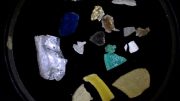
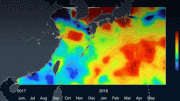
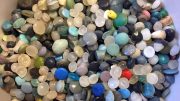

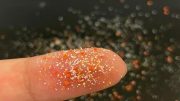
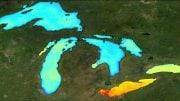
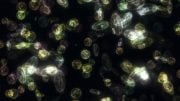
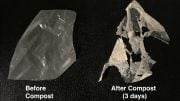
LOL. Ocean researcher: “WE have MORE microplastics, so send us money!” Lake researcher: “NO, WE HAVE MORE MICROPLASTICS, so send US money!” That’s the fight that you’re reading.
How much of the microplastic pollution comes from chemtrails and fallout from planned wildfires?
Bull.
There’s lots of talk about microplastics, but no one is saying they are harmful. Don’t we have more important things to worry about?
Washing machines!
Doing your laundry puts microplastics in the water.
Please never purchase synthetic fabrics again.